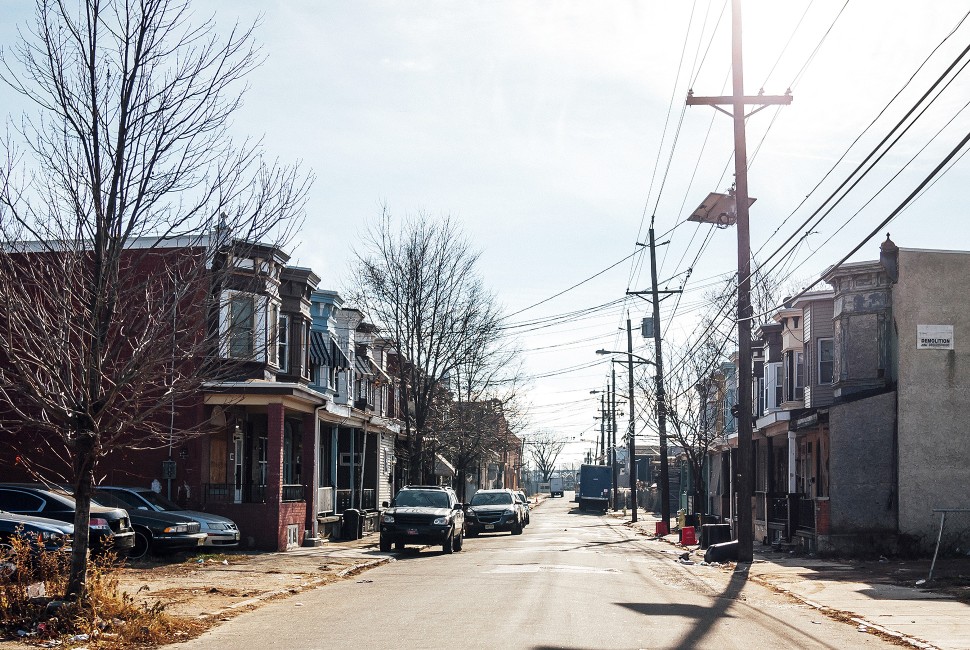Black residents living in highly segregated neighborhoods have significantly shortened life expectancies, reports a new Northwestern Medicine study.
Compared to residents living in less segregated predominantly white neighborhoods, life expectancies of people in highly segregated areas are four years shorter on average, the study found.
By pinpointing significant differences in life expectancy by neighborhood, the study quantifies how residential segregation may contribute to racial health inequities based on where one lives. Not only were lives shorter, the study also found residents in more segregated areas were more likely to lack college education, live below the federal poverty line and be unemployed. These traits in part represent the social determinants of health.
“A common phrase is ‘your zip code is more important than your genetic code,’” said corresponding study author Dr. Sadiya Khan, associate professor of cardiology and epidemiology at Northwestern University Feinberg School of Medicine and a Northwestern Medicine physician. “At a broader level, we’ve learned much about the health consequences of adverse social determinants of health, but we were trying to better understand on a local level what the implications of racial segregation are on life expectancy.”
The study was published July 14 in JAMA Health Forum.
Although previous research has examined life expectancy among racially segregated populations by state and county, this study is the first to analyze life expectancy by neighborhood. According to the researchers, their findings underscore the long-standing and persistent impact of residential segregation perpetuated by discriminatory housing practices, such as redlining. The authors also said this was explained by related socioeconomic disadvantages, which require analysis at the neighborhood level.
“By looking at this on the state or county level, you often don’t get at the impact of segregation at the neighborhood level; this emphasizes the importance of the local environment in which one resides,” Khan said. “Cook County is a great example of this with significant variation in life expectancy from among the highest in a neighborhood like Streeterville compared with the lowest in the South Side of Chicago.”



